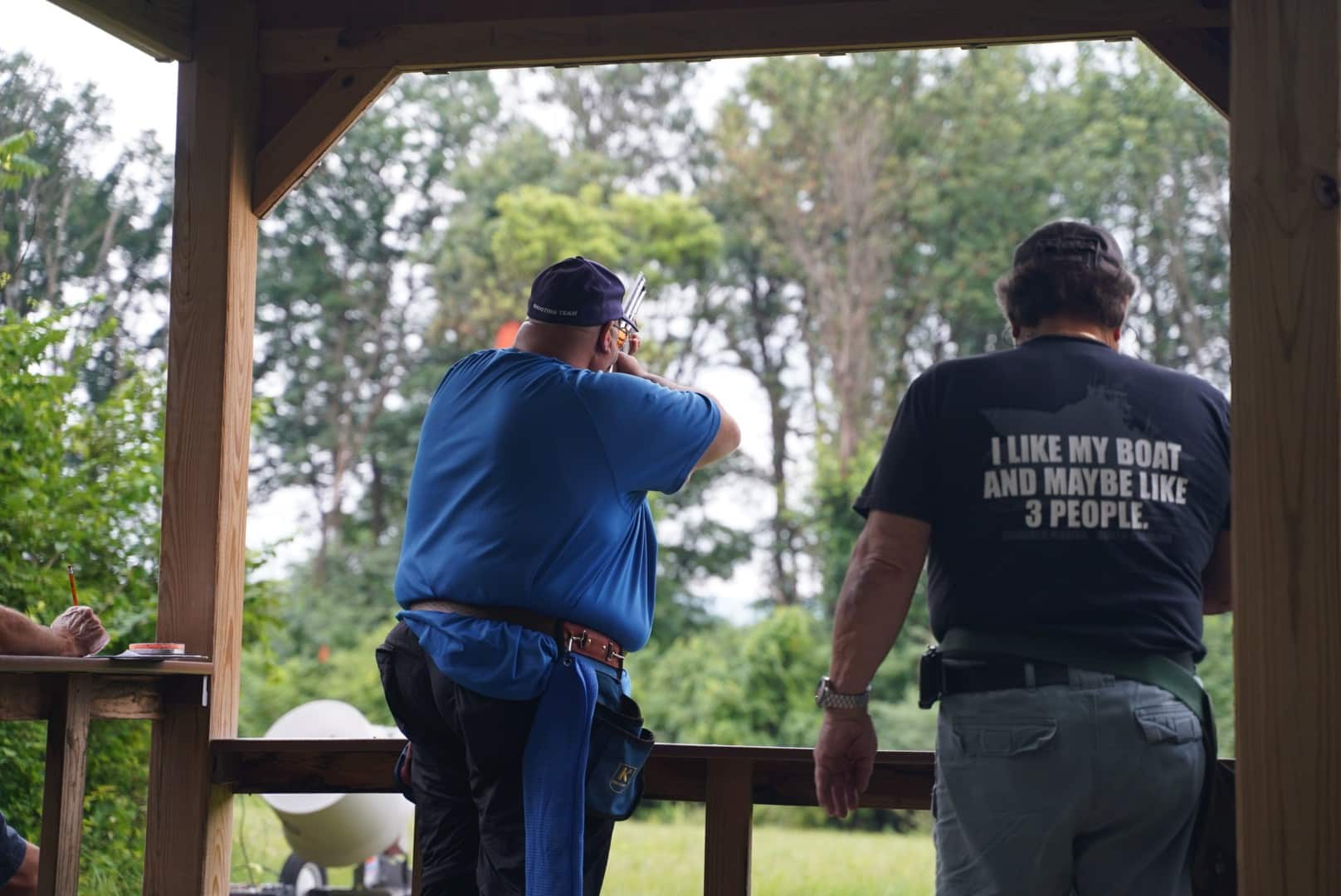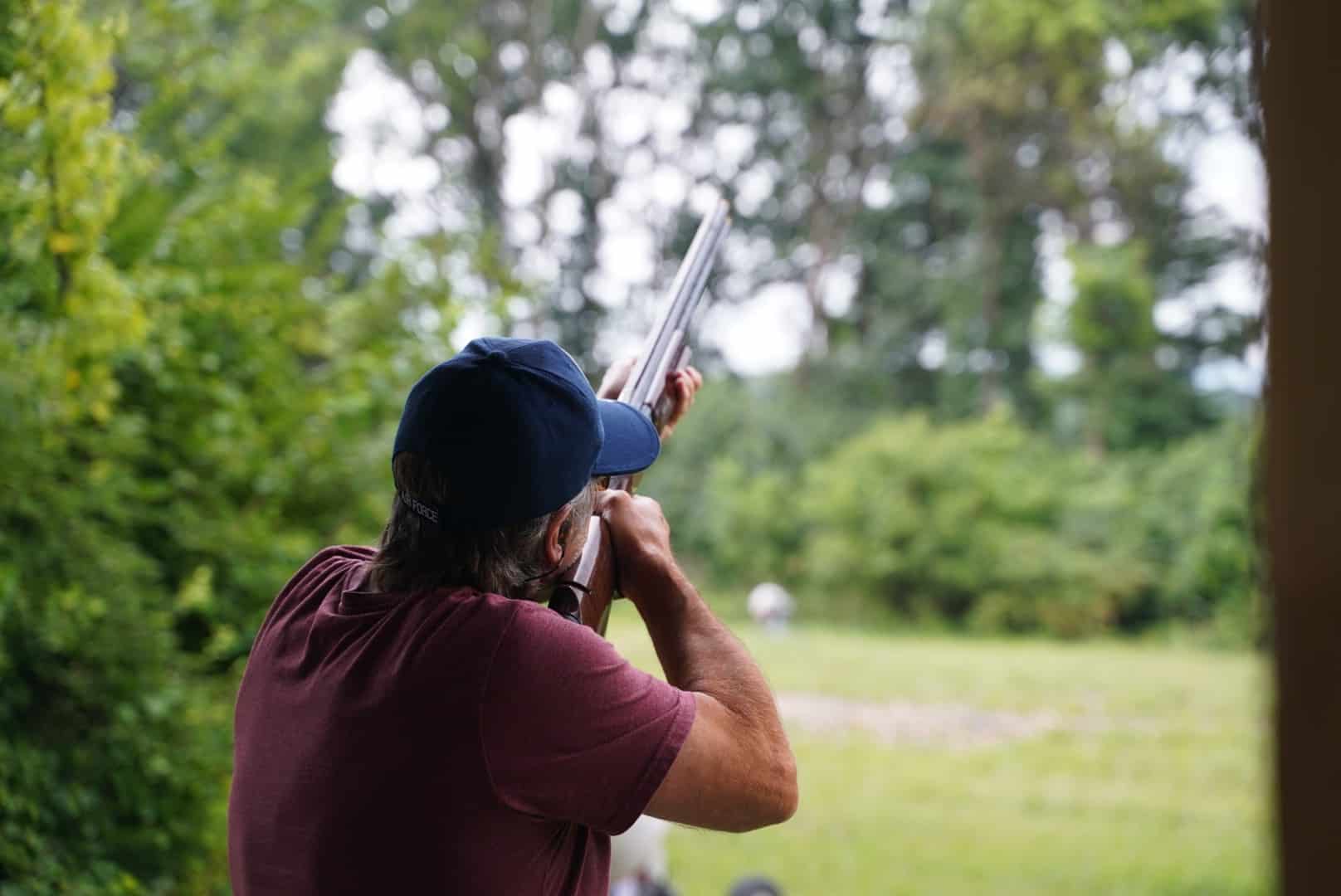
Many new shooters walk onto a shooting range feeling confused about which clay shooting sport to try first. Each discipline offers unique challenges, with skeet featuring crossing targets, trap launching clays away from shooters, and sporting clays mimicking real hunting scenarios.
This guide breaks down the key differences between these three popular shooting sports to help readers choose the perfect match for their interests and skill level.
Skeet Shooting – The Predictable Classic
Skeet shooting stands as the most traditional clay shooting discipline, offering shooters a structured pattern that builds confidence and consistency. Participants face eight shooting stations arranged in a semicircle, with two trap houses positioned at opposite ends of the field.
High house targets fly from the left at 10 feet above ground, while low house targets launch from the right at just 3 feet high. Each round consists of 25 targets following predetermined flight paths, making this shooting sport perfect for beginners learning fundamental marksmanship skills.
Competitive shooting enthusiasts appreciate skeet’s methodical approach to target practice, as every clay pigeon follows the same predictable trajectory from each station. Shooters know exactly where targets will appear and which direction they’ll travel, allowing focused practice on specific shooting techniques and gun mounting.
Training becomes systematic since participants can repeat identical shots until muscle memory develops. The shooting range setup remains constant worldwide, giving competitors familiar conditions whether they practice locally or travel for tournaments.
Trap Shooting – Precision and Focus
Unlike skeet shooting’s predictable patterns, trap shooting demands different skills from shooters. Trap shooting presents clay targets that fly away from shooters at varying angles and heights.
Shooters stand behind a trap house that launches clay pigeons in random directions within a specific range. This shooting discipline requires intense concentration and precise timing to achieve consistent accuracy.
The shooting range setup places five shooting stations in a straight line, positioned 16 yards behind the trap house. Each shooter fires at targets launched at unknown angles, making every shot a unique challenge.
Clay targets travel at speeds reaching 40 miles per hour, giving shooters only seconds to acquire their target and fire. Competitive shooting events often feature multiple rounds where marksmanship skills face rigorous testing.
Training sessions help shooters develop the muscle memory needed for quick target acquisition. Shotgun sports enthusiasts appreciate trap shooting because it builds fundamental shooting techniques that transfer to field shooting situations.
Sporting Clays – The Dynamic Adventure
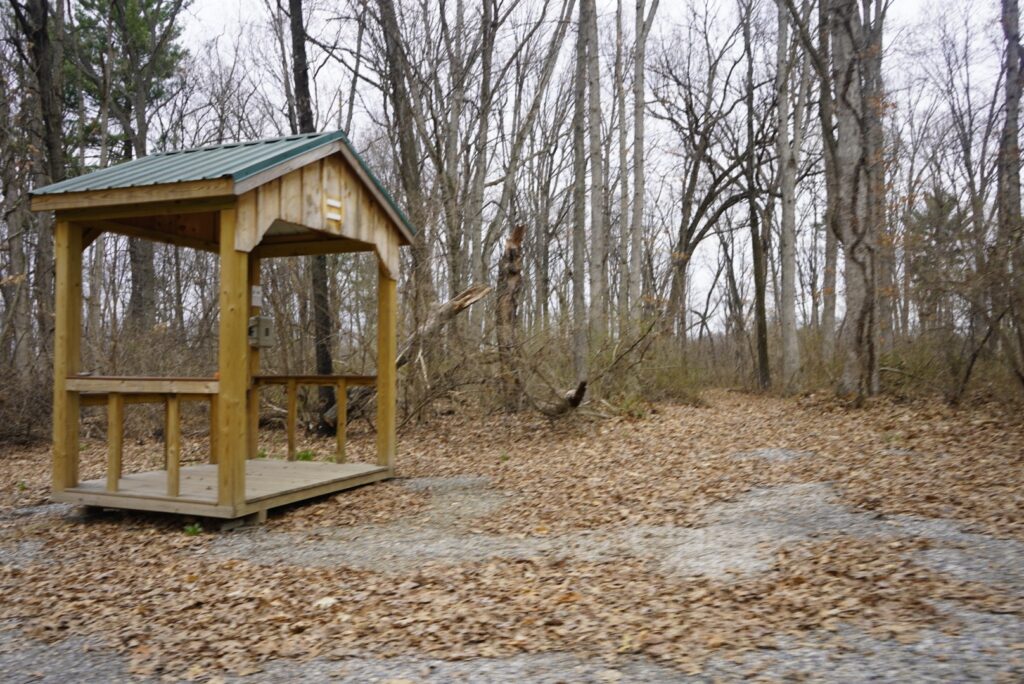
Sporting clays transforms clay shooting into an exciting outdoor adventure that mimics real hunting scenarios. Shooters move through different stations across varied terrain, facing targets that fly at unpredictable angles, speeds, and directions.
Each station presents unique challenges, from crossing rabbits that bounce along the ground to overhead birds that dive and climb through the air. The course designers create situations that test every aspect of marksmanship, making sporting clays the most diverse of all shotgun sports.
This shooting discipline requires adaptability and quick thinking as targets appear from multiple directions without warning. Participants never know what to expect at the next station, keeping the experience fresh and challenging.
The dynamic nature of this sport attracts shooters who crave variety and enjoy the mental challenge of reading each target’s flight path quickly and accurately.
Choosing the Right Discipline for You
New shooters should consider their goals and preferences before selecting a shooting discipline.
Trap shooting works best for those who enjoy precision and consistency, as this sport focuses on accuracy and technique development. Skeet appeals to shooters who want predictable target patterns while building fundamental marksmanship skills. Sporting clays attracts people seeking variety and challenge, since this discipline simulates real hunting scenarios with diverse target presentations.
Each discipline develops different aspects of marksmanship, so many enthusiasts eventually try all three clay target sports to improve their overall shotgun skills and discover which format they enjoy most.
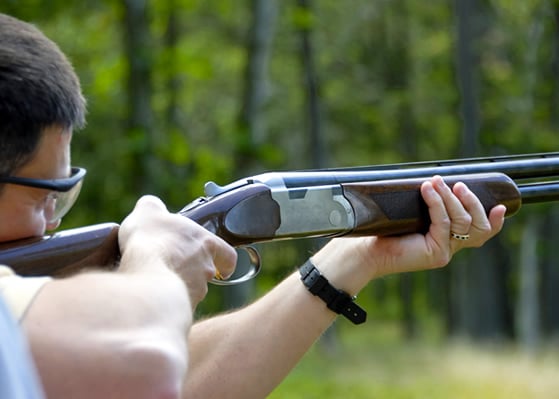
Conclusion
Whether you’re drawn to skeet’s predictable patterns, trap’s precision and focus, or sporting clays’ unpredictable adventure, each discipline offers its own rewards and skill-building opportunities. Many shooters eventually try all three, discovering that the variety strengthens their overall marksmanship and keeps every range visit fresh.
Wing Pointe Sporting Clays in Pennsylvania makes it easy to explore these shotgun sports in one location. With a welcoming atmosphere, well-maintained facilities, and rental shotguns available, it’s the perfect place for beginners to get started and for experienced shooters to hone their skills. No matter your starting point, the right discipline—and plenty of target-breaking fun—awaits at Wing Pointe.
Recent Posts

The Reopening of Keystone Clays as Wing Pointe Sporting Clays
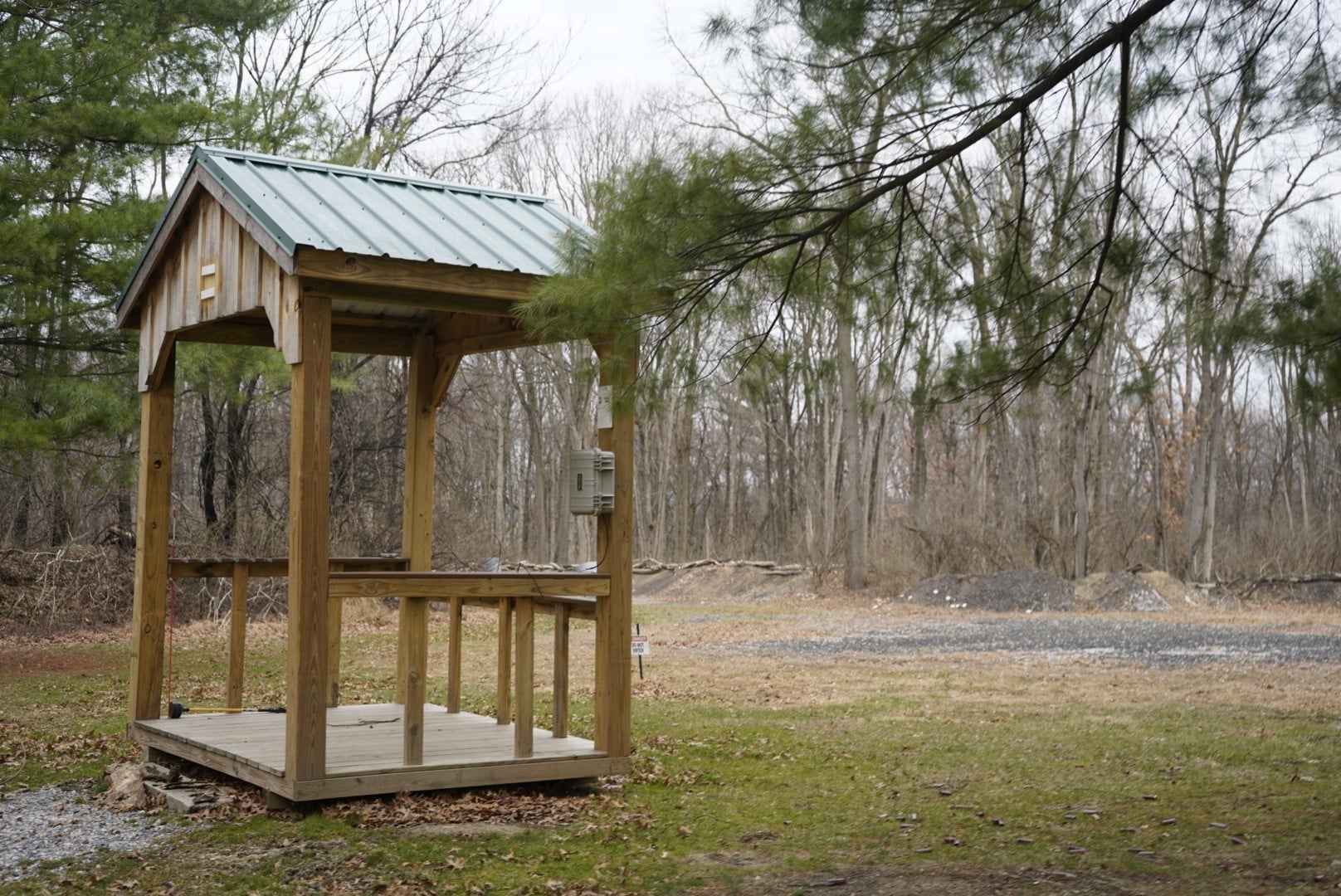
How to Prepare for Your First Time Shooting Clays
